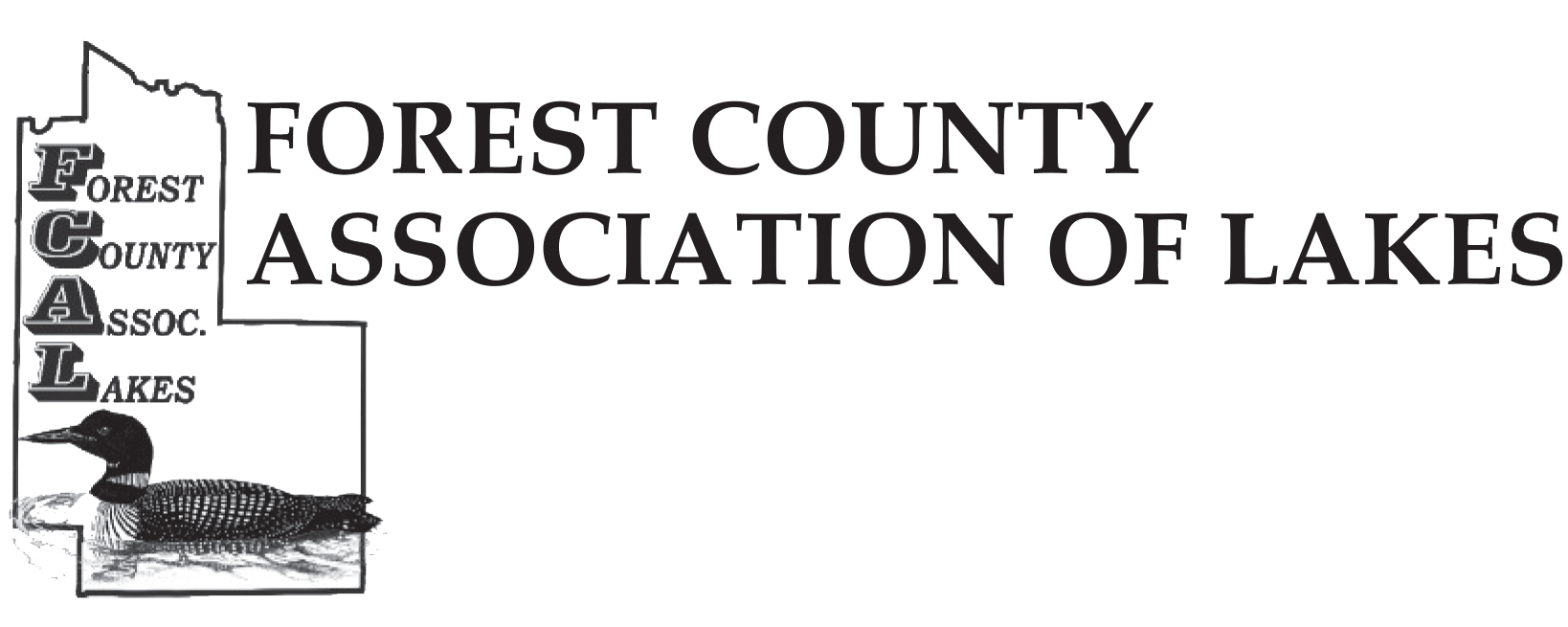The other morning, I was having my coffee and watching the birds on our feeders. I got to thinking that I hadn’t seen evening grosbreaks on our feeders in like, forever! So, when I got to my office, I decided to do a little research and find out where they’ve gone.
I found that the evening grosbeak (Coccothraustes vespertinus) has a seen well-documented decline during the past 50-plus years. This bird used to be a common winter visitor to feeders across America. Now, feeders that once hosted hundreds of these birds may see only a handful every decade or so. The bird’s decline has been well documented in the National Audubon Society’s, 121-year-old Christmas Bird Count tabulations.
The evening grosbeak nests in remote regions of central Canada and a handful of northern states, but irrupts from these regions in winter. Because much of the breeding range of the evening grosbeak is inaccessible, winter surveys such as the CBC provide the best indicator of the health of the species.
Evening grosbeak numbers were stable or increasing until 1970, when their numbers began to significantly decline. Their notable decline between 1970 and 2010 indicates that there is less than one chance in 1,000 that the decline in evening grosbeak numbers was due to random fluctuations in abundance. The species sadly has the distinction of showing the steepest population decline (over 90% since the 1970s) of all land birds in the U.S. and Canada.
The cause of the decline is unknown, but there are several possibilities. The most obvious is that evergreen forest habitat, which they require, is being logged. The decline might also be related to food availability. Hardwood tree seeds, a favorite natural source of food of evening grosbeaks, may be less common due to broad-scale changes in forestry practices in Canada. The widespread use of pesticides to kill insects also may be contributing to their decline, because evening grosbeaks feed their young a diet of insects. It’s most likely a combination of factors that is leading to their remarkable decline and push toward extinction.
As one part of nature contracts or reduces, something else is expanding or increasing. Take this winter’s increase in snowy owls in some of our northern states. In recent years, we have learned that when snowy owls irrupt, it’s because of an abundance of food the previous winter and female snowy owls producing more owlets the following spring. Consequently, the next winter, many young snowy owls move out of their home range and into areas they are not normally found. We’re seeing that this winter.
On the other hand, some species increase or decrease without a clear reason. The red-bellied woodpecker is a good example of a species that has expanded.
I had to get the bird book out this winter to identify these woodpeckers that I thought were yellow bellied sapsuckers. Thirty years ago, this bird was uncommon. Now, it inhabits most backyards, parks, and woodlands across the eastern United States. Why such a big increase in population? Hard to say.
On the other hand, the red-headed woodpecker (a species similar to the red-bellied) has declined dramatically in all regions. In fact, in many parts of the country, the redhead has disappeared. I happen to still see them at our suet feeders. One might suspect loss of habitat, but how does that explain ever-increasing numbers of red-bellied woodpecker? It’s similar in size, shape, and requires similar habitat, and it’s doing great.
I don’t think there is one reason for the decline of a given species. Rarely in nature does anything happen due to just one reason. Usually, it’s a combination of factors, and when an unseen threshold is reached, the trigger is tripped, and a population falls.
Conservation Corner is a weekly article produced by the Forest County Land & Water Conservation Department. For more information contact Steve Kircher, County Conservationist-Land Information/GIS Director at 715-478-1387 or by e-mail at .
